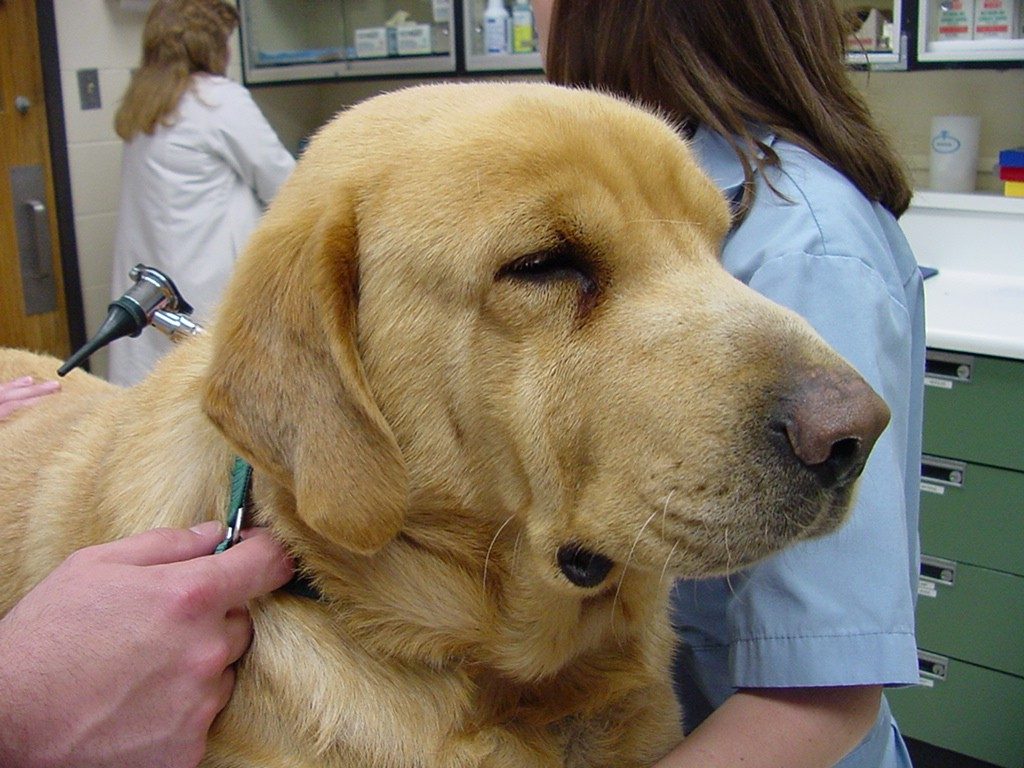The good people at Hill Pets.com have given us some great information on Diabetes in dogs. They give you the facts, signs and symptoms to help you be able to know if your dog is suffering from diabetes. I have some friends that have a dog that has diabetes and it is a lot to take in at first. They are on a routine with the dogs meals, medicine and bathroom times. They are very aware of how their dog acts when his sugar may be low or high. I am amazed at how well they tend to the dog and its illness. This is a good reason to bring your dog to the veterinarian on a regular basis to make sure that your dog gets a clean bill of health. This will give us pet owners peace of mind for sure!
What is diabetes?
Diabetes mellitus is a condition that develops when your dog cannot use sugar (glucose) effectively and control the sugar level in the blood. Insulin, which is made in the pancreas, is essential for regulating the use and storage of blood glucose. Insufficient insulin production is potentially life threatening.
Just like in humans, diabetes in dogs is serious, but manageable. There are two types of diabetes, and although there is no cure, dogs with either type can be successfully managed through nutrition, exercise, and if necessary, regular insulin medication.
Factors that increase the chance of your dog developing diabetes include:
Body condition: Overweight or obese dogs are more likely to develop diabetes.
Age: Dogs can develop diabetes at any age, but the peak onset is around 8 years.
Gender: Females are twice as likely to develop diabetes.
Breed: Some breeds of dogs, such as Samoyeds, miniature schnauzers, miniature poodles and bichon frise are more predisposed to diabetes than others.
Does my dog have diabetes?
The signs of diabetes are difficult to recognize because they are similar to those of other disorders like kidney disease. Your veterinarian may also need to perform tests to ensure an accurate diagnosis. If your dog appears weak or thirsty, frequently urinates, experiences rapid weight loss, is depressed, or has abdominal pain, he could be diabetic. If you notice these signs, please contact your veterinarian.
Signs and symptoms of diabetes:
- Increased thirst
- Weight loss
- Not eating
- Tired, lack of energy
- Vomiting
- Cataracts
IMPORTANT: Once diabetes is diagnosed, it is important that your dog is regularly monitored. Your veterinarian will check your dog’s glucose levels and will adjust medication to keep your dog stable.
Treatment and the importance of nutrition
Establish a routine: The key to keeping a diabetic dog healthy is routine. Feeding, exercise and, if necessary, giving medication should take place at the same times each day. This helps maintain stable blood glucose levels.

Tara Diane Ablia
Tara Diane Ablia